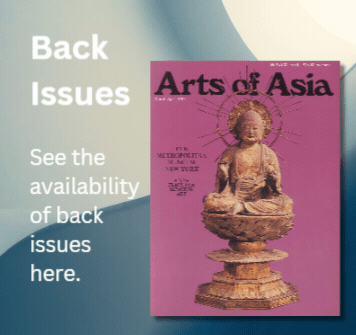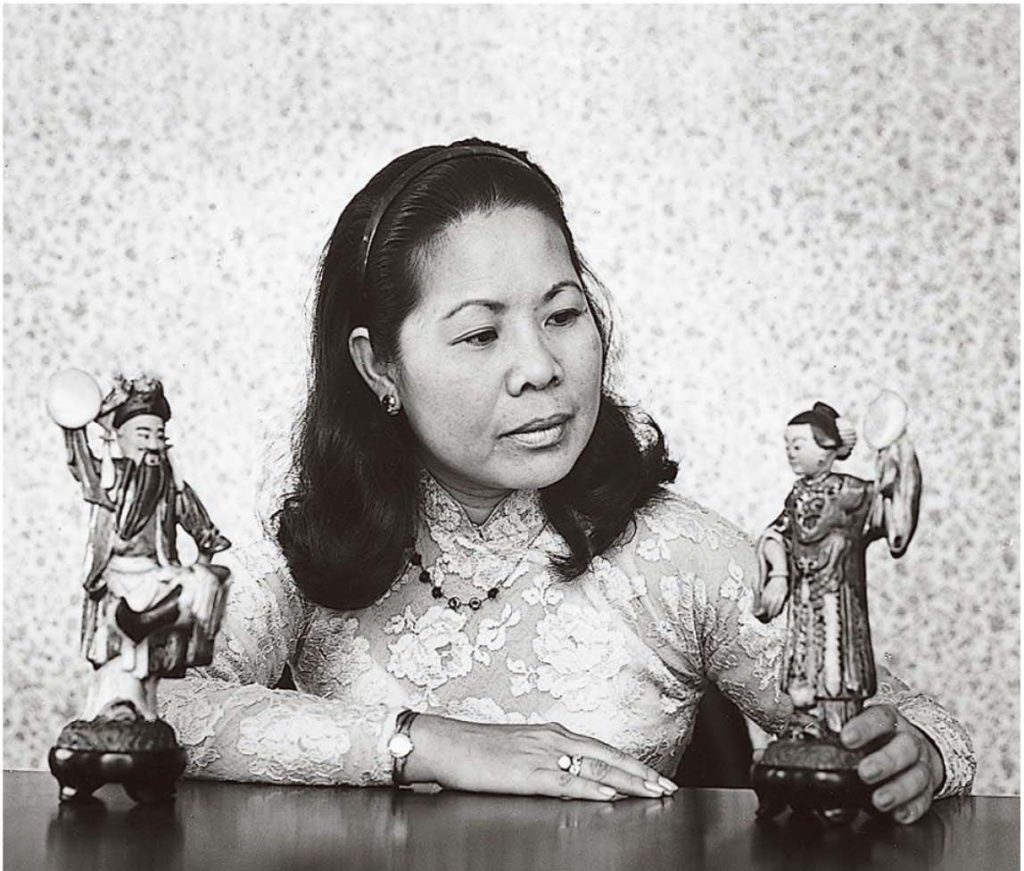
I HOPE that all of our readers are safe and well during this unprecedented global health crisis. My thoughts are with you and the entire Asian art community. Here at Arts of Asia, we remain positive and are looking forward to producing many more wonderful issues throughout the rest of this year, and beyond. At the time of writing, our company is open for business and keeping operations as seamless as possible during these uncertain times.
The coronavirus (COVID-19) has greatly affected our cultural and economic life. The United States, the UK and several European nations are in a period of lockdown, while across the world, museums, galleries, art fairs and auctions have closed. These are unimaginable and extremely challenging times with many livelihoods put at risk. Therefore, I sincerely hope that the current beautiful issue of our magazine will bring some joy and inspiration to all our readers. Let us all hope for a speedy recovery and that our lives and businesses return to normal in the near future. Please take care and stay safe.
As a testimony to the importance of jade in Chinese culture and beyond, the theme of the Arts of Asia May–June 2020 issue is “Chinese Jade Carvings: From Distinguished Museums and Private Collections”. This special issue has been two years in the making and has brought together leading experts and specialists from around the world. I am delighted to publish this edition during our 50th anniversary.
Known in Chinese as “yu”, jade has a history stretching back some 8000 years. As a precious stone, jade was used in a wide variety of artworks, including jewellery, figure carvings and other types of sculpture. One important reason why jade objects were (and are) so highly prized is because Chinese people have long believed that jade represents purity, beauty, longevity, even immortality. In addition, jade carvers valued the stone for its variety of colours, gloss and density.
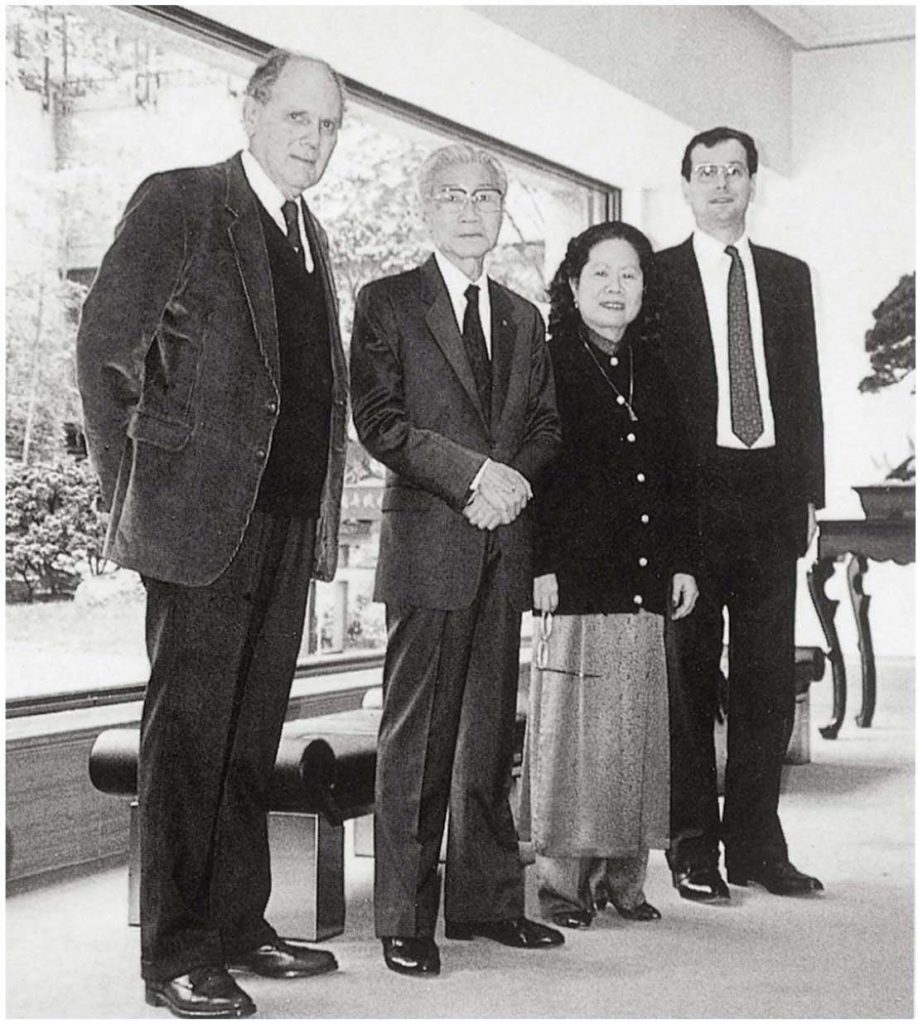
Since the time of the ancient Majiabang, Liangzhu and Hongshan cultures (4700–2900 BC), most jade carvings have been made from either nephrite or jadeite, although until the late 18th century, Chinese jade objects were almost always carved out of nephrite. Jadeite has a similar hardness to quartz, while nephrite is a little softer, but since both varieties are as hard as steel, they cannot be cut or carved with metal tools. Indeed, the traditional method of carving jade was to wear it away with an abrasive surface and a soft tool: a technique since replaced by rotary tools with diamond bits.
Historically, due to its rarity and technical difficulty of manufacture, the wearing and use of jade was restricted to tribal leaders, then emperors and noblemen, and was most commonly used in the carving of ritual vessels and ceremonial utensils, representing status and power.
As readers will see, this edition is filled with exceptional research on, and sumptuous images of, rare and important jade carvings from prestigious museums, including the Palace Museum, Beijing; the National Palace Museum, Taipei; the Victoria and Albert Museum, London; the Oriental Museum, Durham; the Museum of Far Eastern Antiquities, Stockholm; and the Yale University Art Gallery, Connecticut. Among the articles prepared for this special issue, Rose Kerr writes about some of the fascinating jades to be found in English private collections, while Roger Keverne, whose 1991 book, Jade, is arguably the finest modern English-language work on the subject, writes about a little-known, but superb, collection of jade artworks now in the Oriental Museum, Durham. Collectors, curators and dealers will also enjoy the fascinating interview with Lin Tze-Chuan, who discusses contemporary jade carving in China, while an in-depth article by Wang Mingying and Shi Guanghai highlights magnificent works by individual master carvers and winners of the annual Tiangong Awards, the “Oscars” of Chinese stone carving. For anyone who loves jade, I am confident that this issue will become an essential reference tool.
It is with great sadness that I announce the recent passing in Hong Kong of Mrs Tuyet Nguyet Markbreiter, my mother. The Asian art world has lost a remarkable lady. With the active support of my late father, Stephen Markbreiter, her English architect husband, my mother founded Arts of Asia in 1970. I am proud that she lived to see the 50th anniversary edition (January–February 2020 issue) of her much-loved magazine. She was a wonderfully warm-hearted person, who will be well remembered by friends and family for her hospitality and generosity, and she will be greatly missed. However, her spirit and energy live on in Arts of Asia. As a tribute to my dear mother, I have illustrated a selection of photographs of her with friends and colleagues over the years.
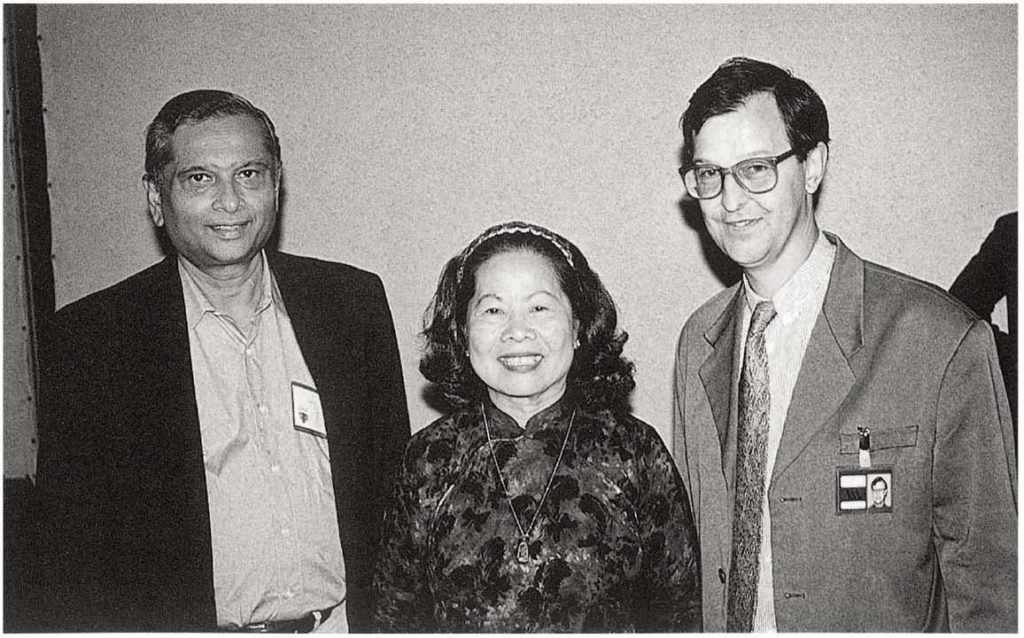
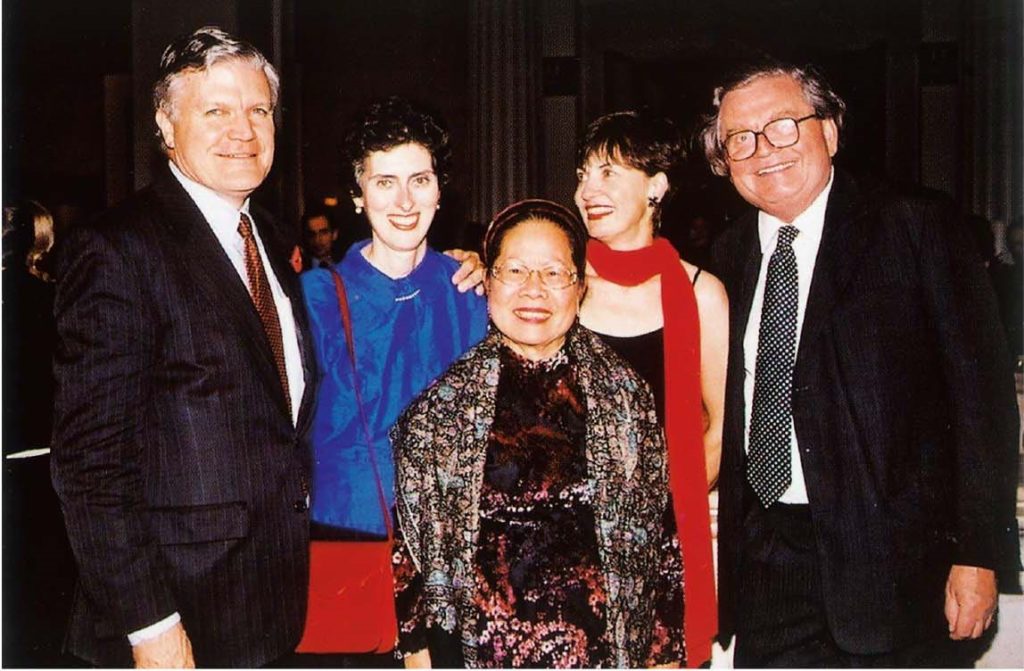
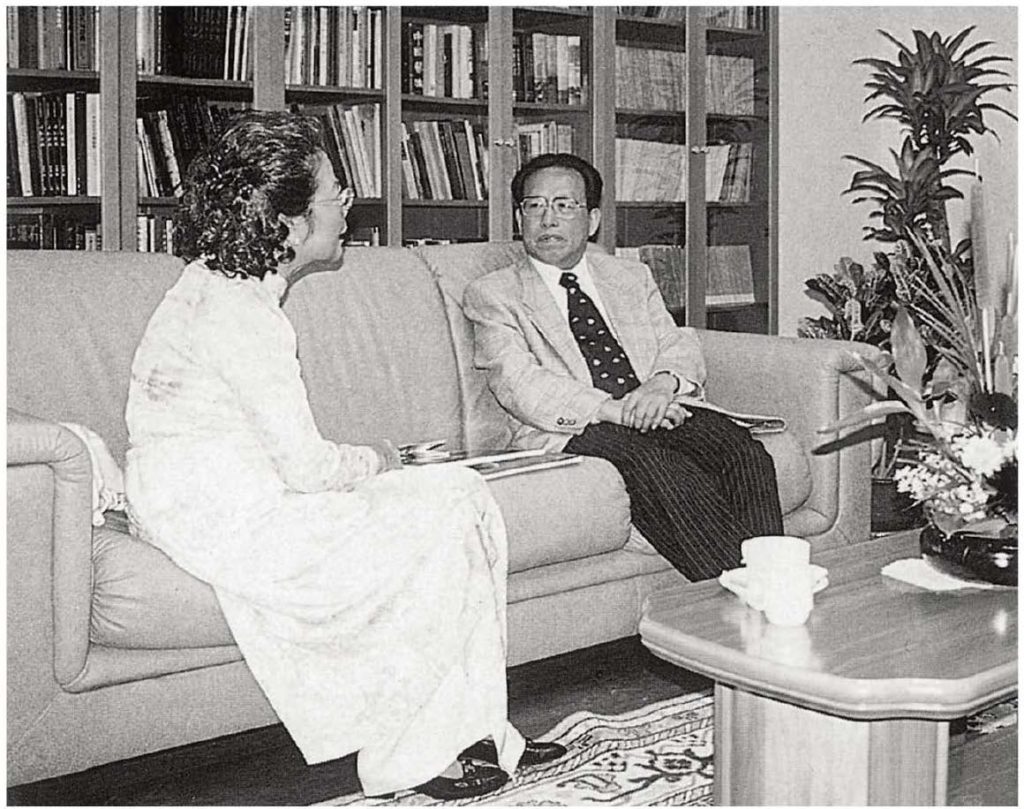
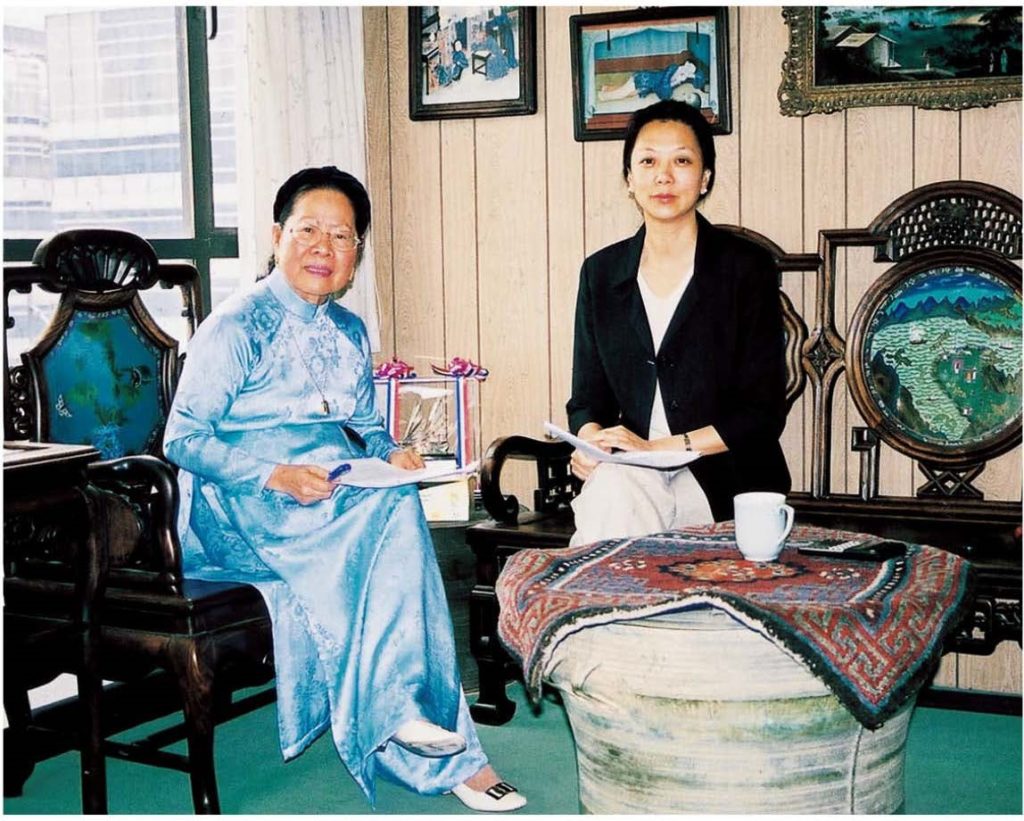
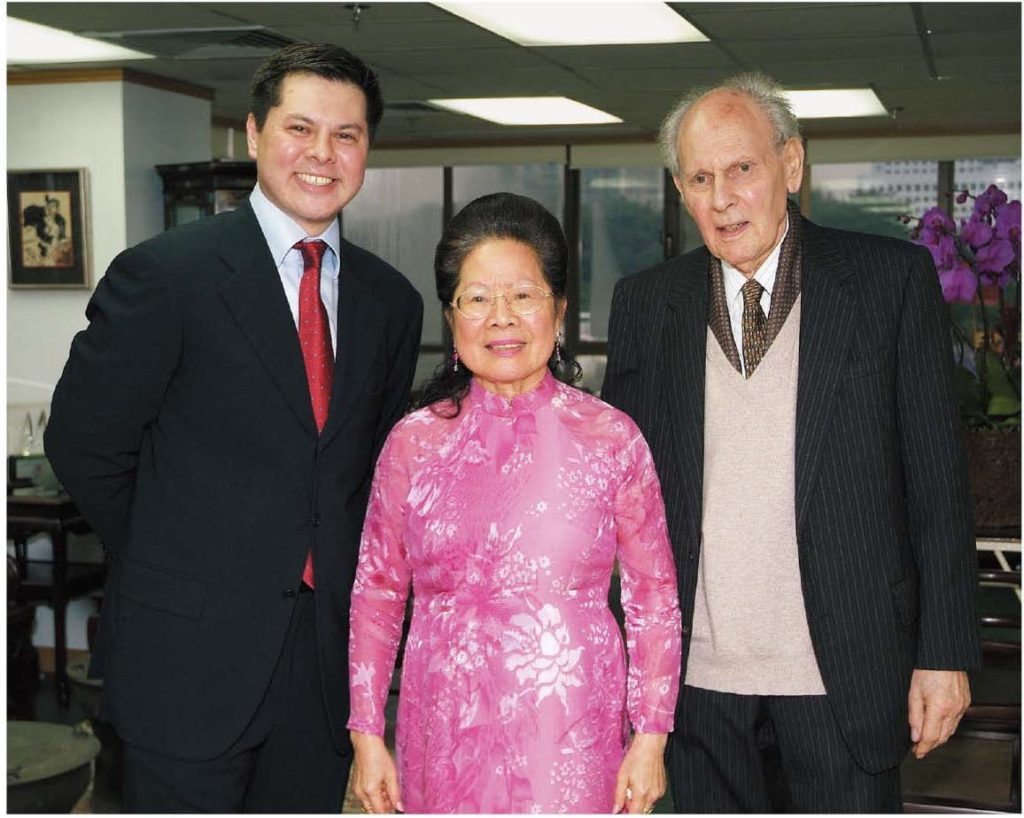
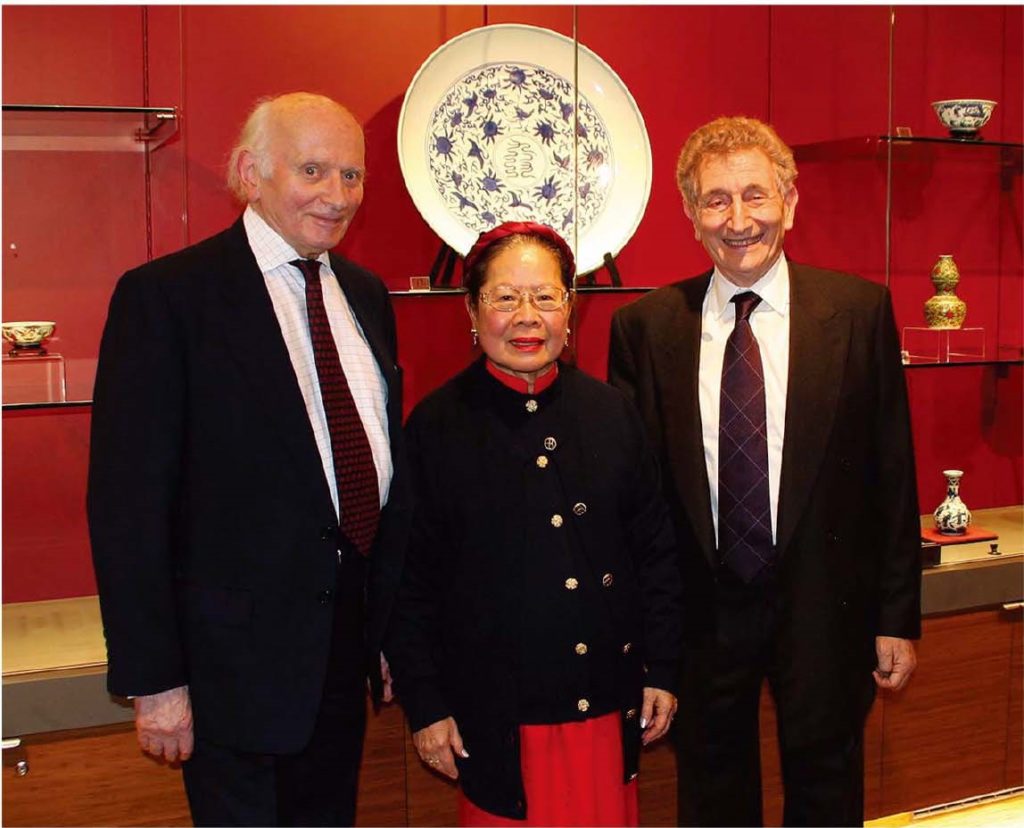
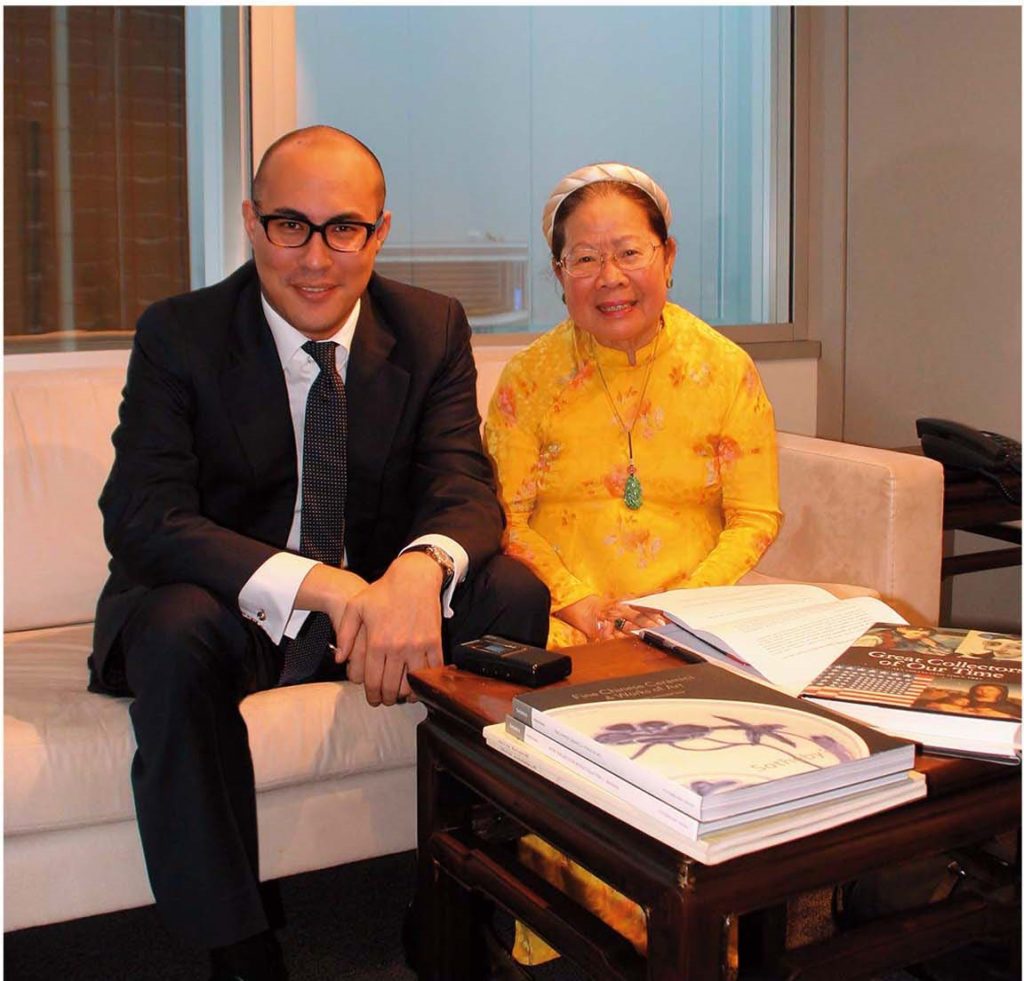
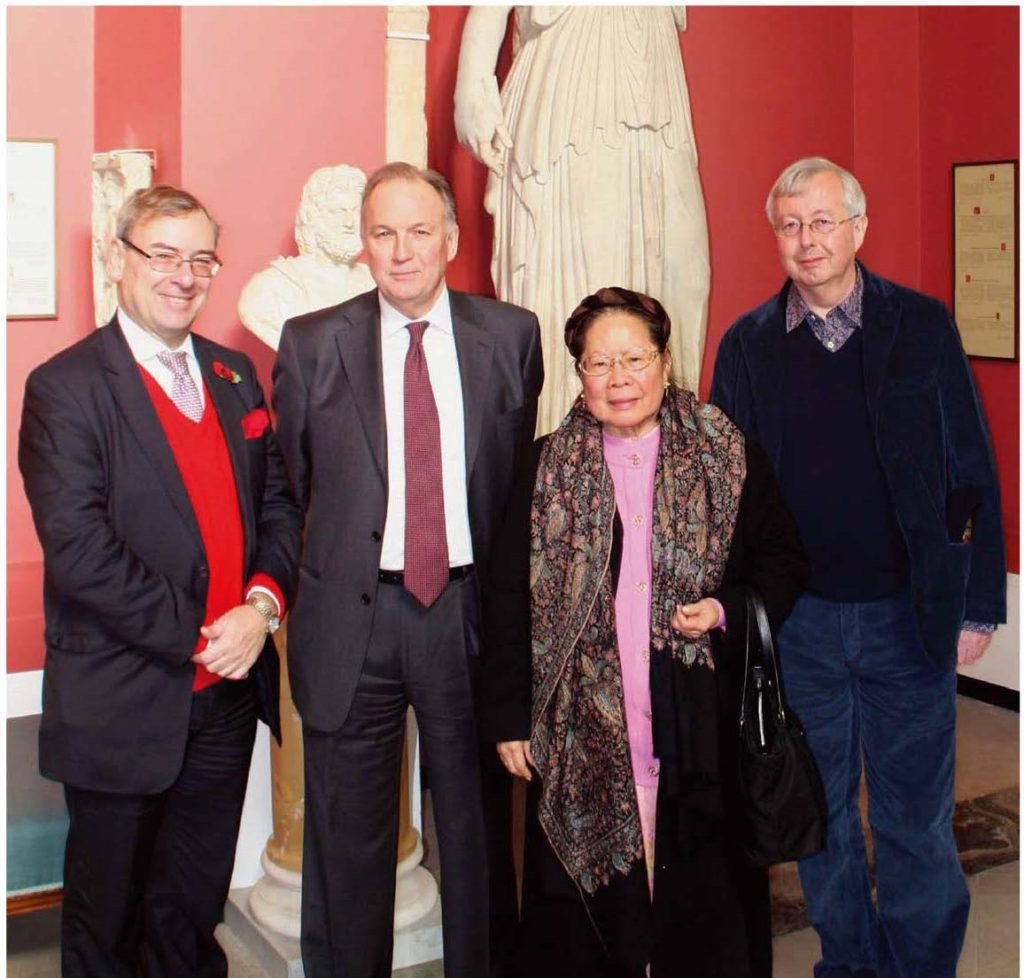
In the inaugural issue of Arts of Asia, she outlined her plans and ideas for an innovative regional arts and culture magazine, of a type which had never been published before in Asia: “For our first year, we will report principally on the arts of East and Southeast Asian countries, Indonesia, Japan, the Philippines, Indochina, Malaysia, Thailand and Burma. Then we propose to take our readers even further afield—to India and Ceylon, Turkey, Israel and other parts of the Middle East.” This international perspective, grounded in her lifelong affection for all Asian cultures, has remained the guiding principle behind the content of the magazine.
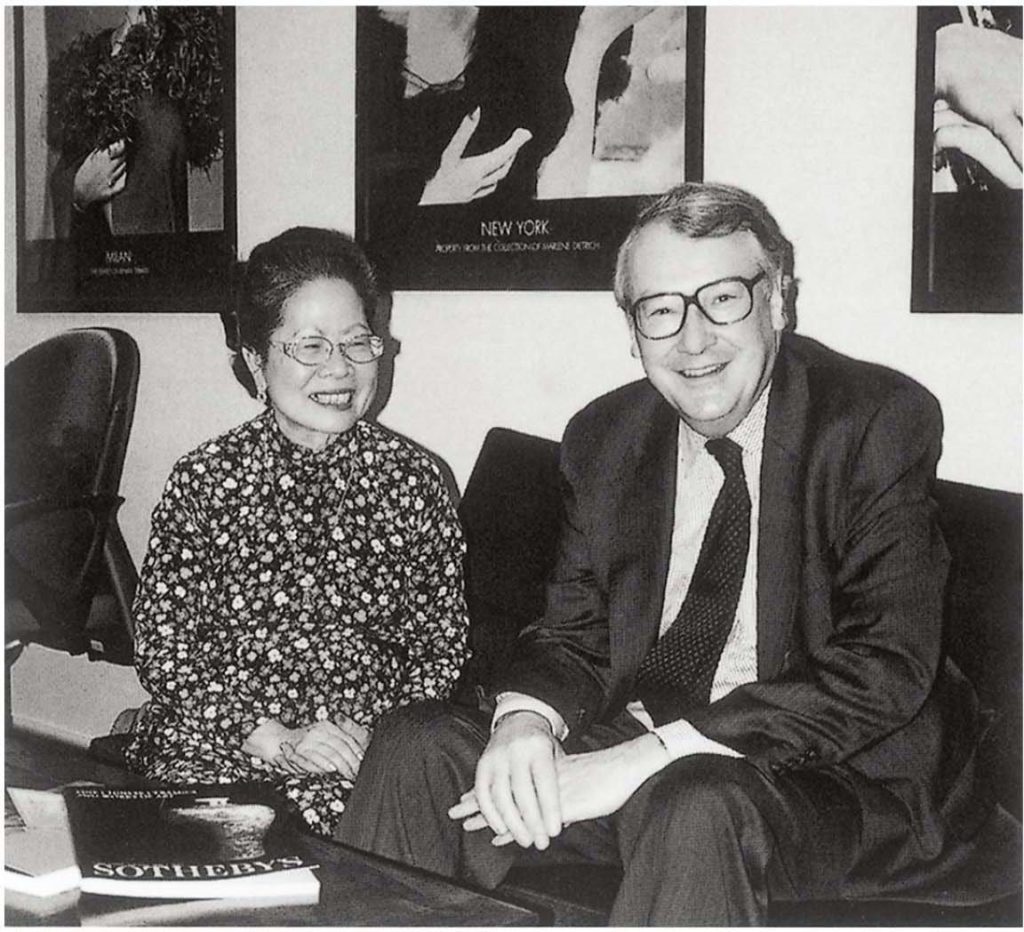
My mother was a Vietnamese journalist, who left Saigon (Ho Chi Minh City) in 1955 and married Stephen Markbreiter in 1959, making a new life together in Hong Kong. Together they helped, and witnessed, the incredible transformation of this sleepy little-respected art-trading centre (which Hong Kong certainly was before the first Sotheby’s auction in 1973) into the world’s leading, most successful centre for Chinese art. My mother was always available to offer advice and practical support to the heads of the leading auction houses in their early years in Hong Kong, including the legendary Julian Thompson, Colin Sheaf and Mrs Yannan Wang. She was delighted to have played a part in helping Hong Kong, her home for over sixty years, become the world’s foremost centre for collecting, buying and selling the most important Chinese fine and decorative arts.
On behalf of my family and the Arts of Asia team, I would like to extend my deepest gratitude for the very many heartfelt letters of condolence that I have received. I have been quite overwhelmed by the number of messages, of which a representative selection is reproduced in the Correspondence section. Mrs Tuyet Nguyet Markbreiter touched the lives of so many people. I am truly proud of her remarkable achievements in the Asian art world.

Please click here to view the contents of this issue.

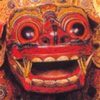 Subscribe
Subscribe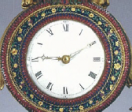 Calendar
Calendar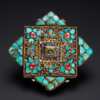 Links
Links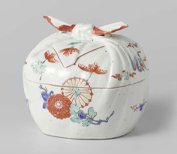 Gift
Gift

